Meiosis Cell Division
Definition of Meiosis: Meiosis is a complex cell division process in which the diploid number of chromosome of the mother cell is reduced to haploid number of chromosomes in the four daughter cell.
Importance for Meiosis: meiotic cell division is associated with the conservation of the chromosome number of the species. It influences the adaptation and evolution of organisms. Variations are observed in new offspring.
Occurrence: It is observed in the eukaryotic diploid germ cells of the sex organs of the plants and animals. The meiocyte of the plant cells are called sporocytes (micro sporocytes in male plant and megasporocytes in female plant). In animals, meiocyte of gonads are called monocytes, which may be spermatocytes in male and pictures in female.
Types of meiotic cell division: Meiotic cell division can be classifieds into three types on the basis of the type of cell, where it is occured-
1. Zygotic or initial meiosis - This the process of meiosis which takes place immediately after the formation of zygote by Sunday. It is observed in lower plants like diatom, certain fungi and sporozoa.
2. Gametic or terminal meiosis - Process of meiosis occur at the time of gamete formation (spermatogenesis and oogenesis). It is observed in lower plants and higher animals.
3. Sporic or intermediary meiosis - This type of meiosis occurs at the process formation in lower plants as well as flowering plants by microsporogenesis.
Factors affecting meiosis- Factors that affect meiosis are follows-
1. Completion of vegetative growth.
2. Maturation of sex organs.
3. Due to the disbalance of nucleic acids and certain hormones.
4. When there is increase in the amount of DNA and RNA.
Process of Meiosis - The process of meiosis cell division is made up of two stages. They are – 1st meiotic cell division and 2nd meiotic cell division.
First meiotic cell division is known as heterotypic division which is associated with the reduction of chromosome numberand second meiotic division is also called mitosis due to equal division as it gives birth to the four haploid number of chromosome from two haploid parent cell. It is also called homotypic division or equational division.
First meiotic division is consists of prophase I, prometaphase I, metaphase I, anaphase I, telophase I. This subphages are associated together to called karyokinesis. After karyokinesis or nucleus division, cytoplasm division or cytokinesis takes place.
Prophase I is also made up of leptotene, zygotene,pachytene, diplotene, diakinesis sub stages.
Second meiotic division is consists of prophase ,metaphase, anaphase, telophase.
Questions and Answers on Meiosis Cell Division:
1. What do you mean by cytokinesis?
Cleavage and division of cytoplasm is called cytokinesis.
2. What do you mean by meiocyte?
Any cell which is under going meiotic cell division is called meiocyte.
3. Why there is combination of characteristics observed in the meiosis?
Combination of characteristics are observed due to the crossing over which takes place during pachytene sub stage of first meiotic cell division.
4. What is synaptic knot?
In case of plant cell ,the chromosomes clump at one side of the nucleus is called synthesis or synaptic knot.
From Meiosis Cell Division to HOME PAGE
Recent Articles
-
What Is Plasma? | Blood Plasma | Proteins | Nutrients | Cholesterol
Nov 07, 25 10:29 AM
Blood is a mobile fluid which is a connective tissue and is derived from the mesoderm like cell any other connective tissue. Colour of blood is reddish and that flows inside the blood vessels by means… -
Disorders of Respiratory System | Tuberculosis | Pleurisy | Emphysema
Oct 28, 25 11:39 PM
Tuberculosis is very common disease and is caused by a type of bacteria called Mycobacterium tuberculosis. This disease causes different trouble in the respiration and infection of several parts of th… -
Regulation of Respiration | Respiratory Centres | Inspiratory Area |
Oct 14, 25 12:13 AM
Respiratory Centre is the area that controls the rate of respiration and it is observed to be located in medulla oblongata and pons. Respiratory Centre has the following will dispersed components like… -
Explain Transport of Gases | External Respiration | Tissue Respiration
Oct 09, 25 11:35 PM
In humans gaseous exchange is completed in the following ways the steps are - External Respiration or Breathing - Breathing in false taking in of Oxygen and giving out of carbon dioxide in the body. M… -
Kind and Number of Teeth | Location of Teeth in Mouth | Care of Teeth
Sep 11, 25 12:52 AM
Kind and Number of Teeth
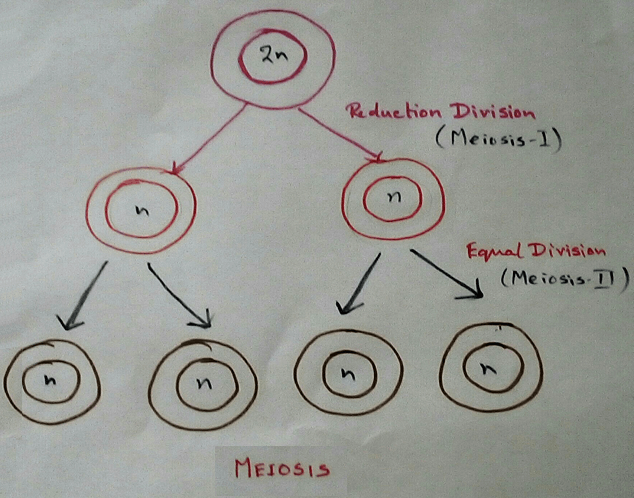
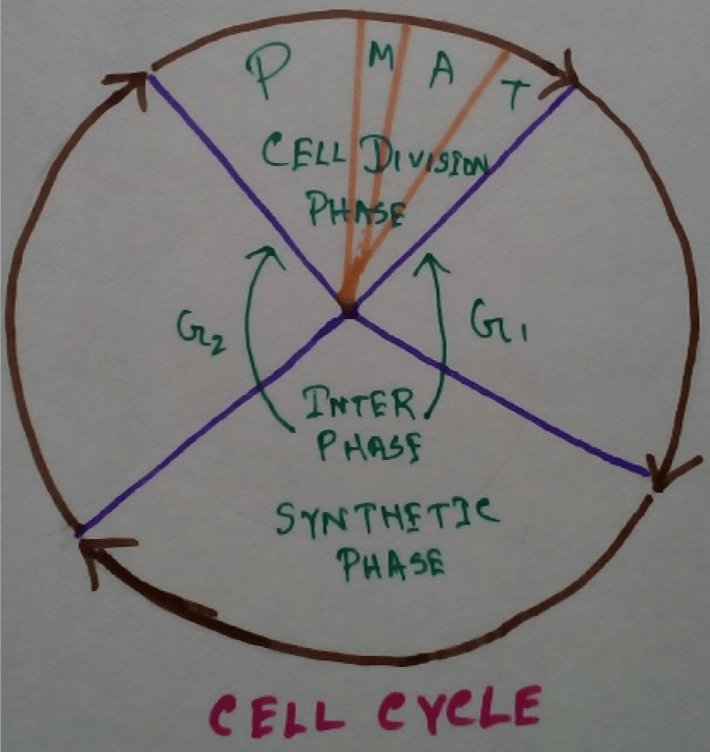
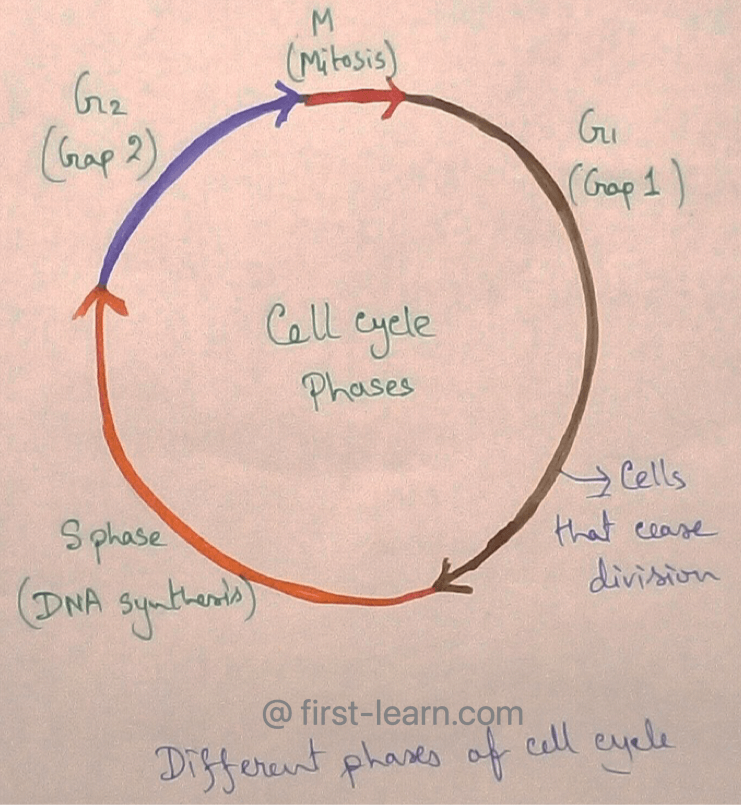
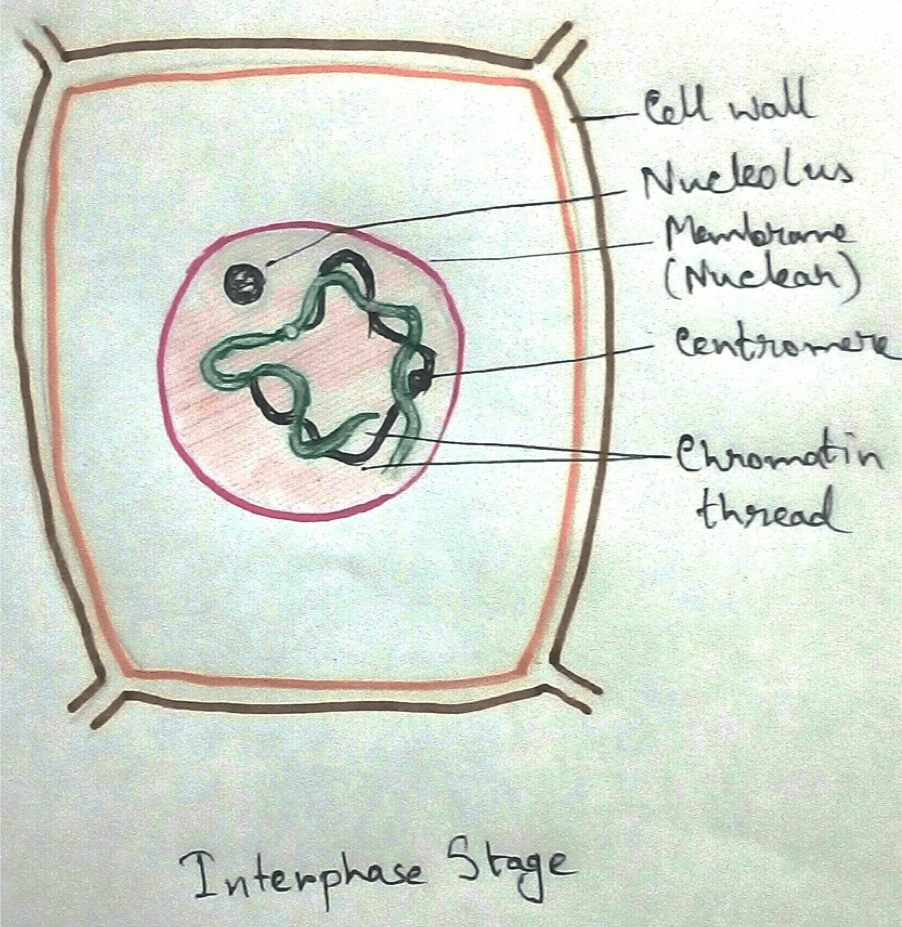
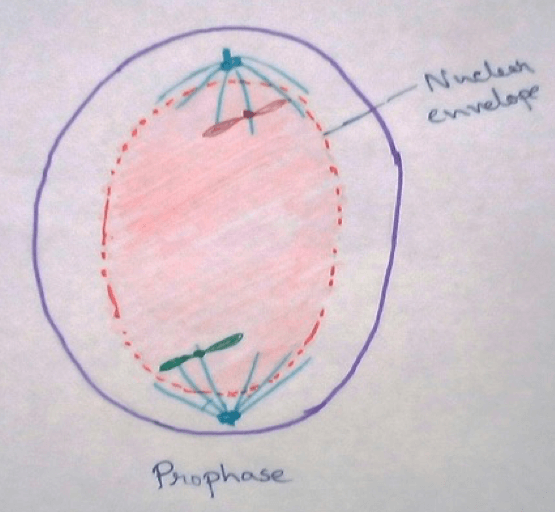
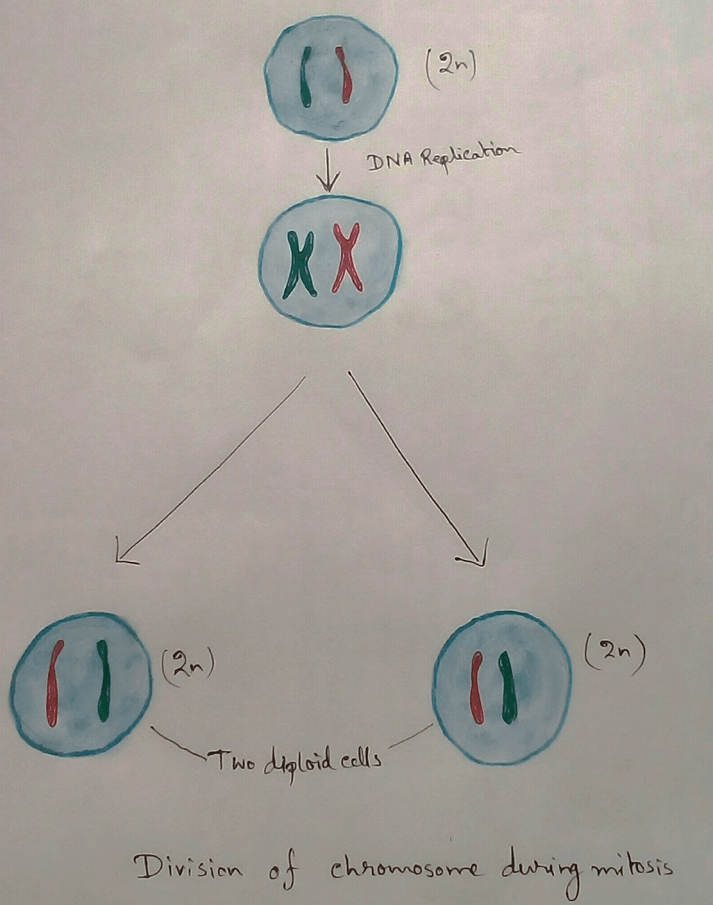
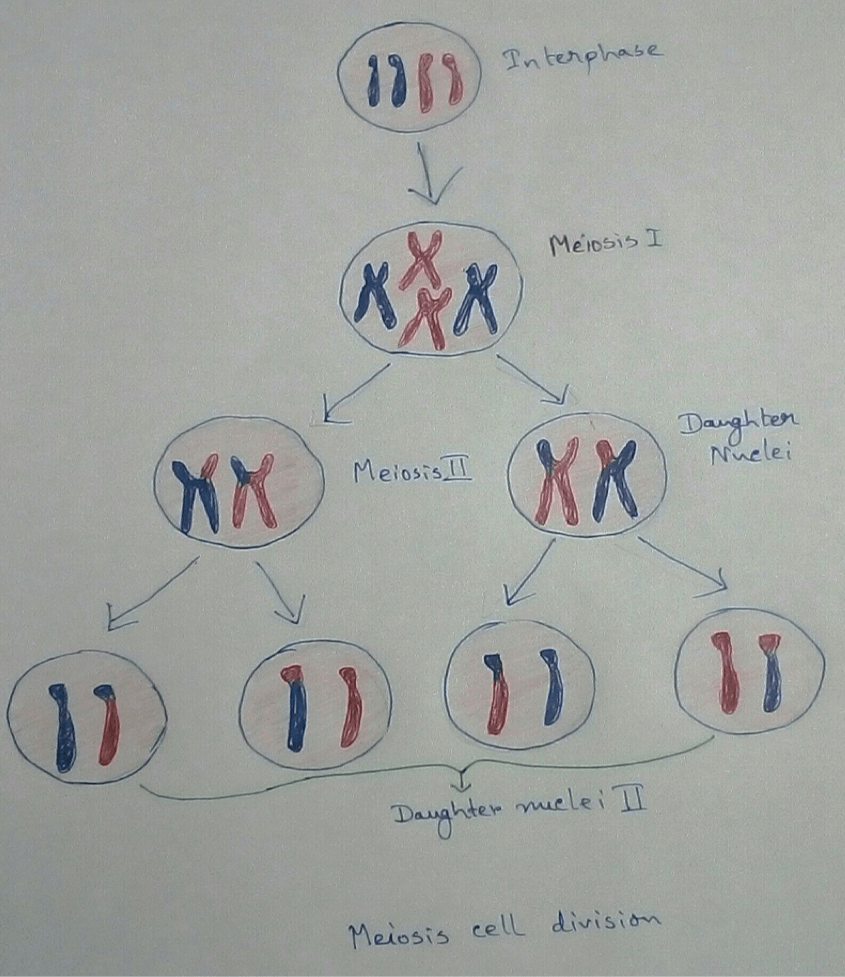
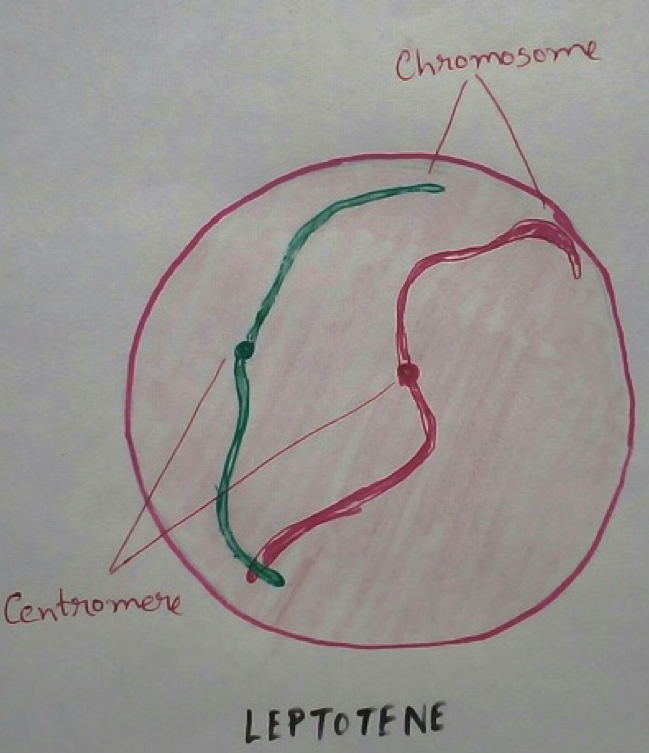
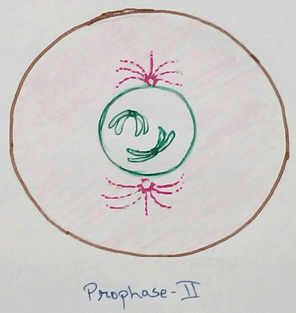





New! Comments
Have your say about what you just read! Leave me a comment in the box below.